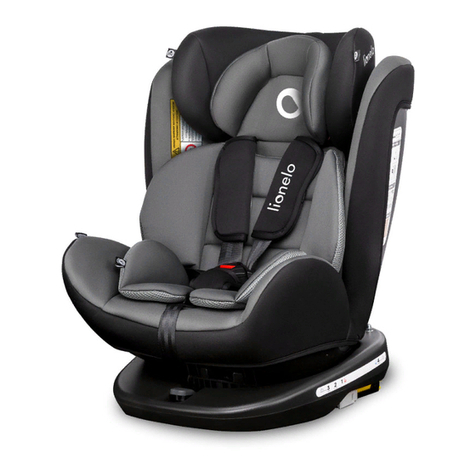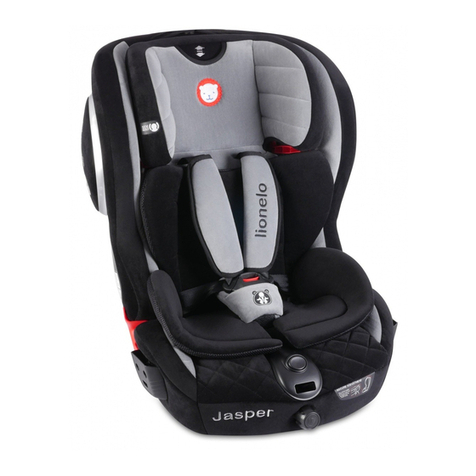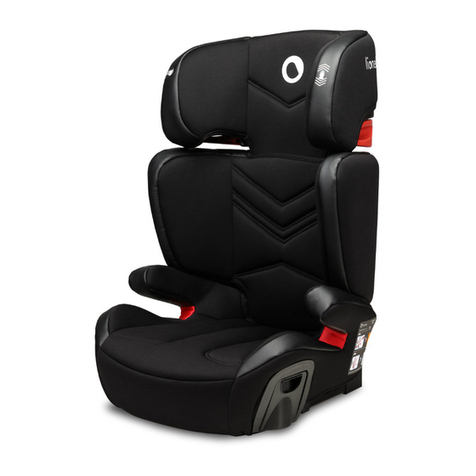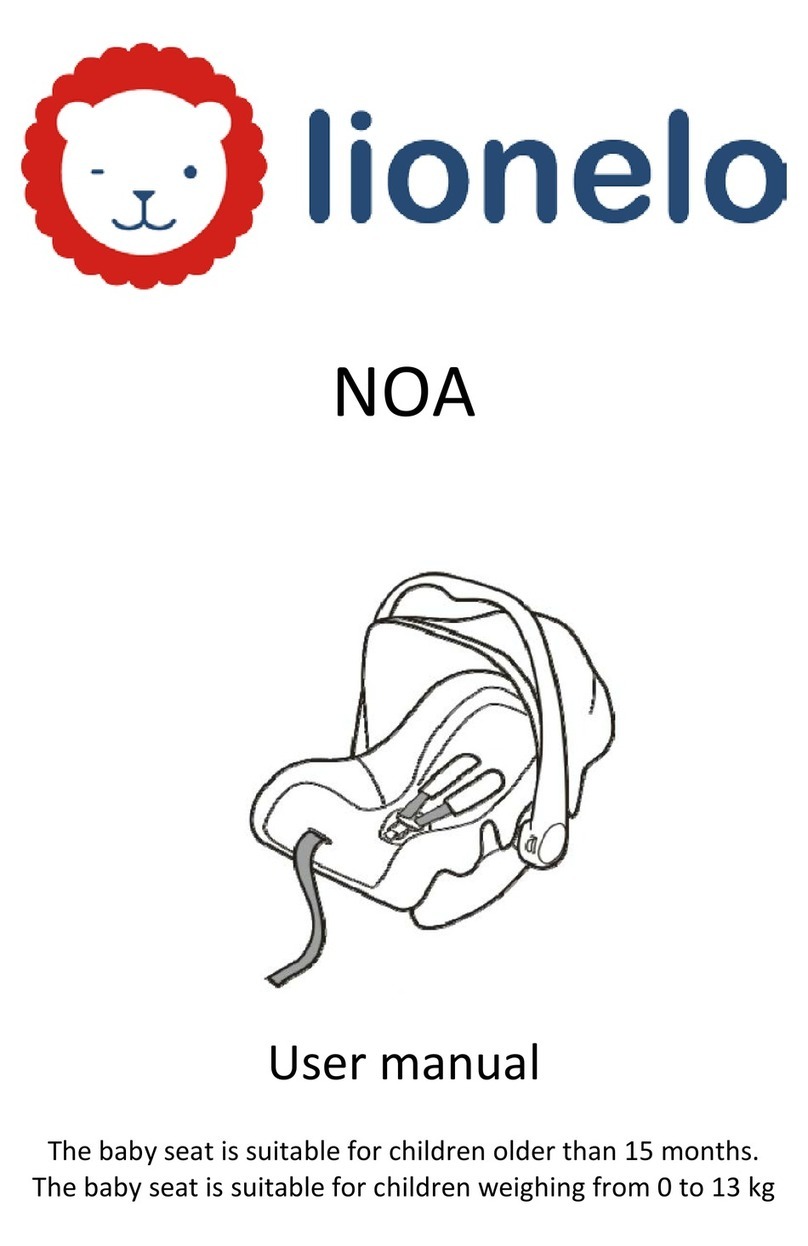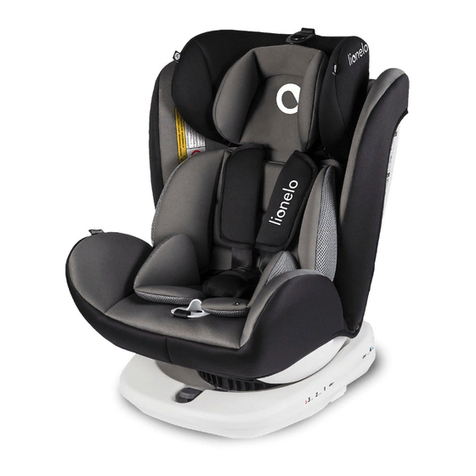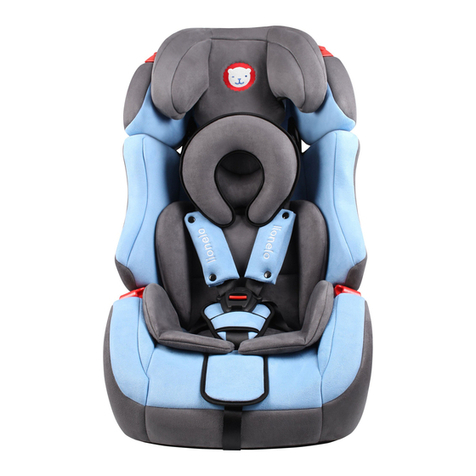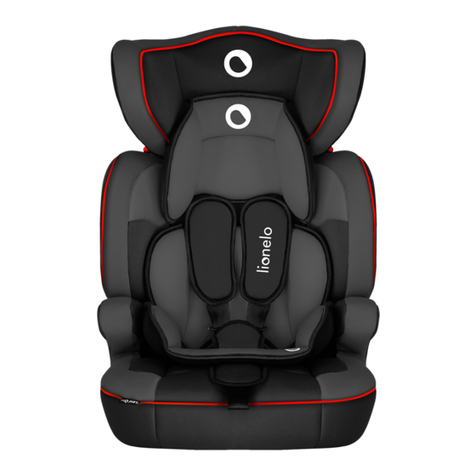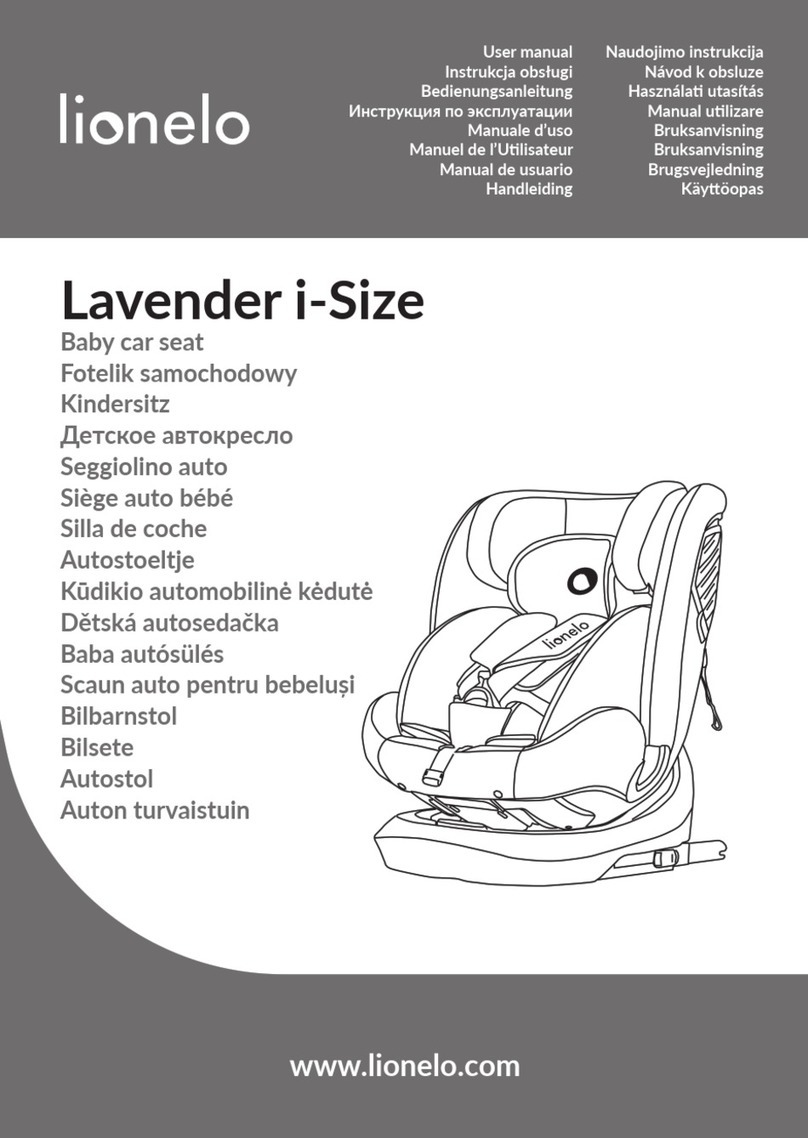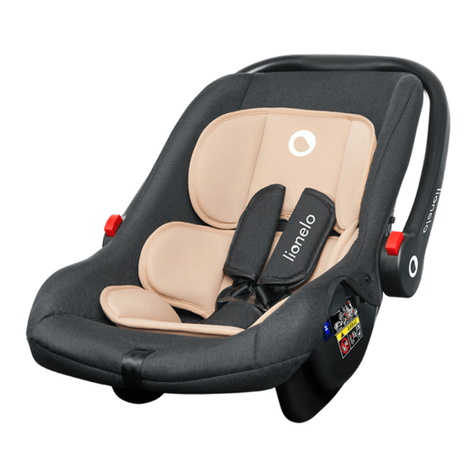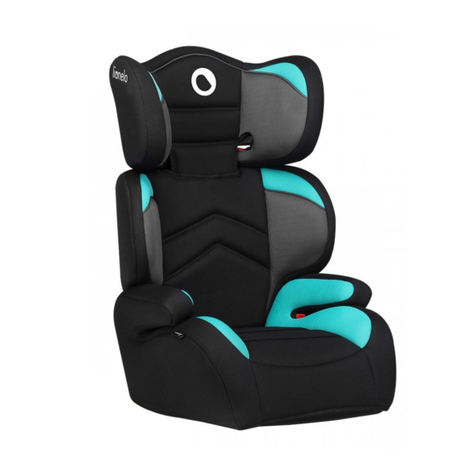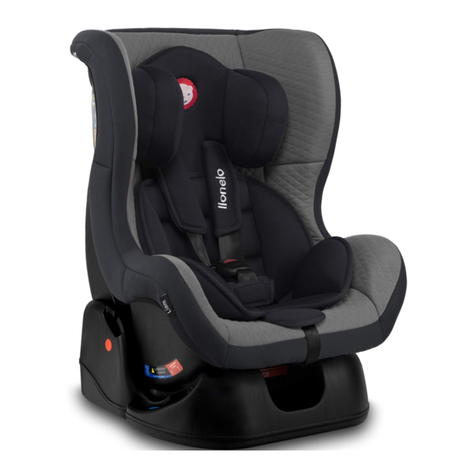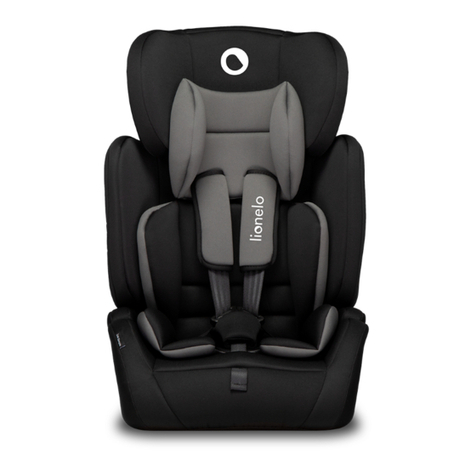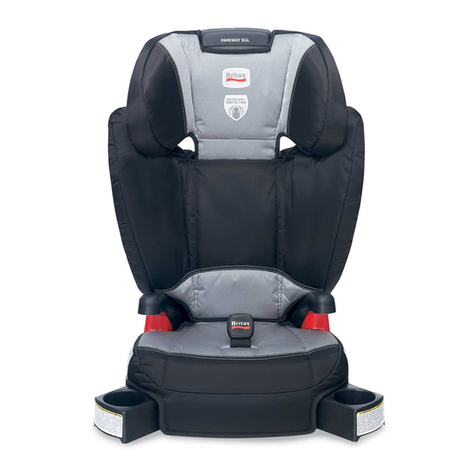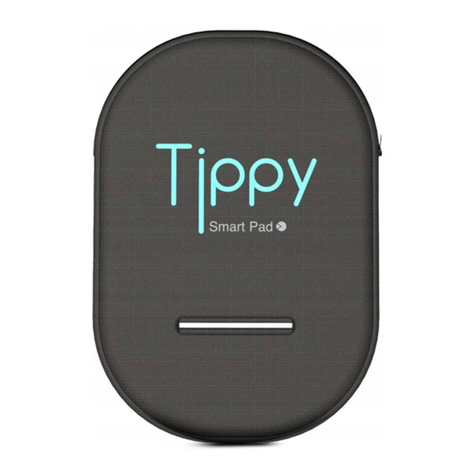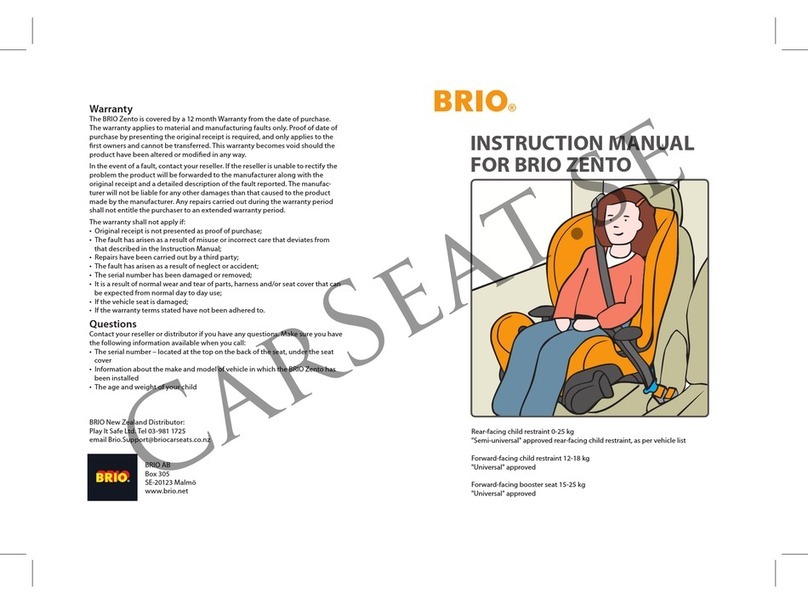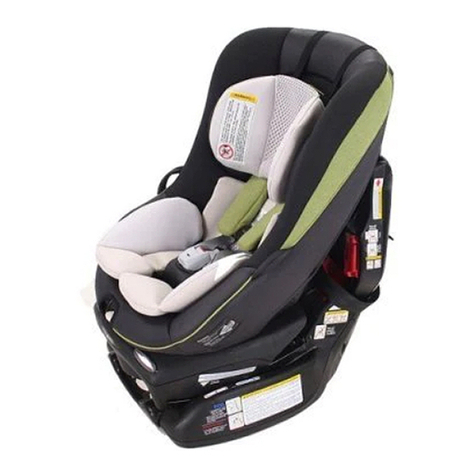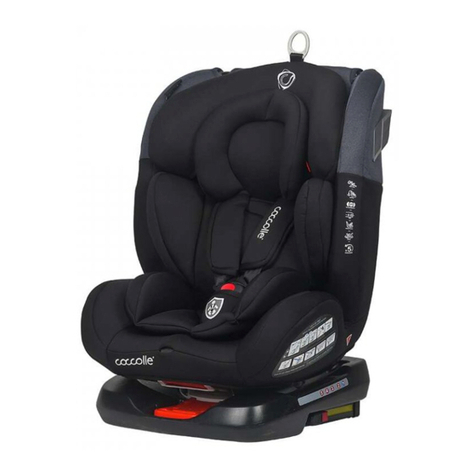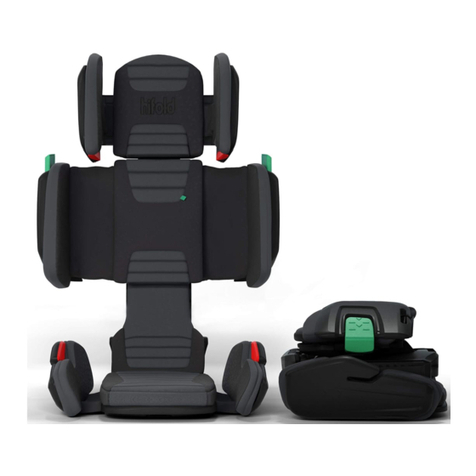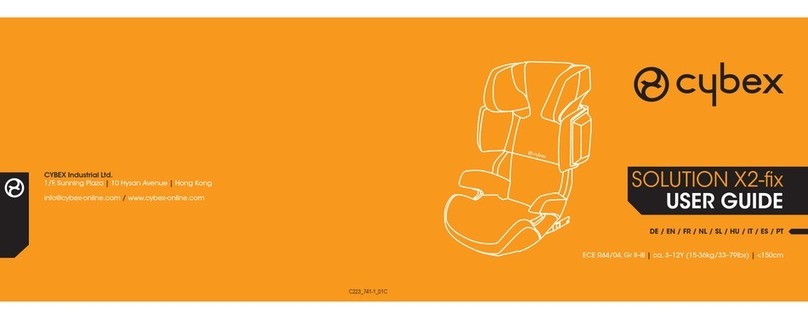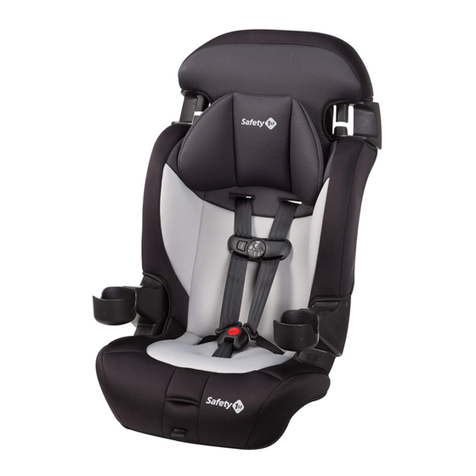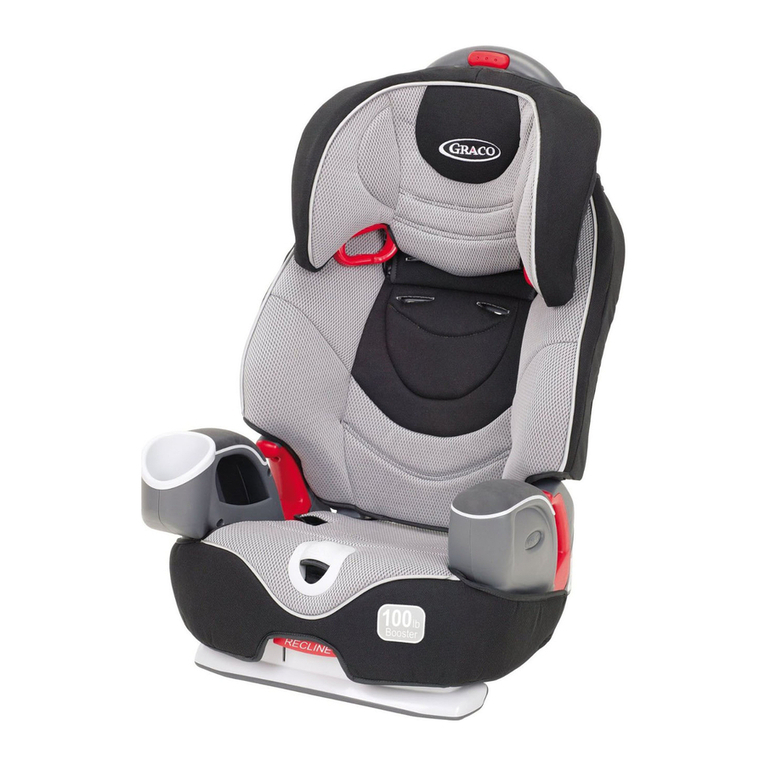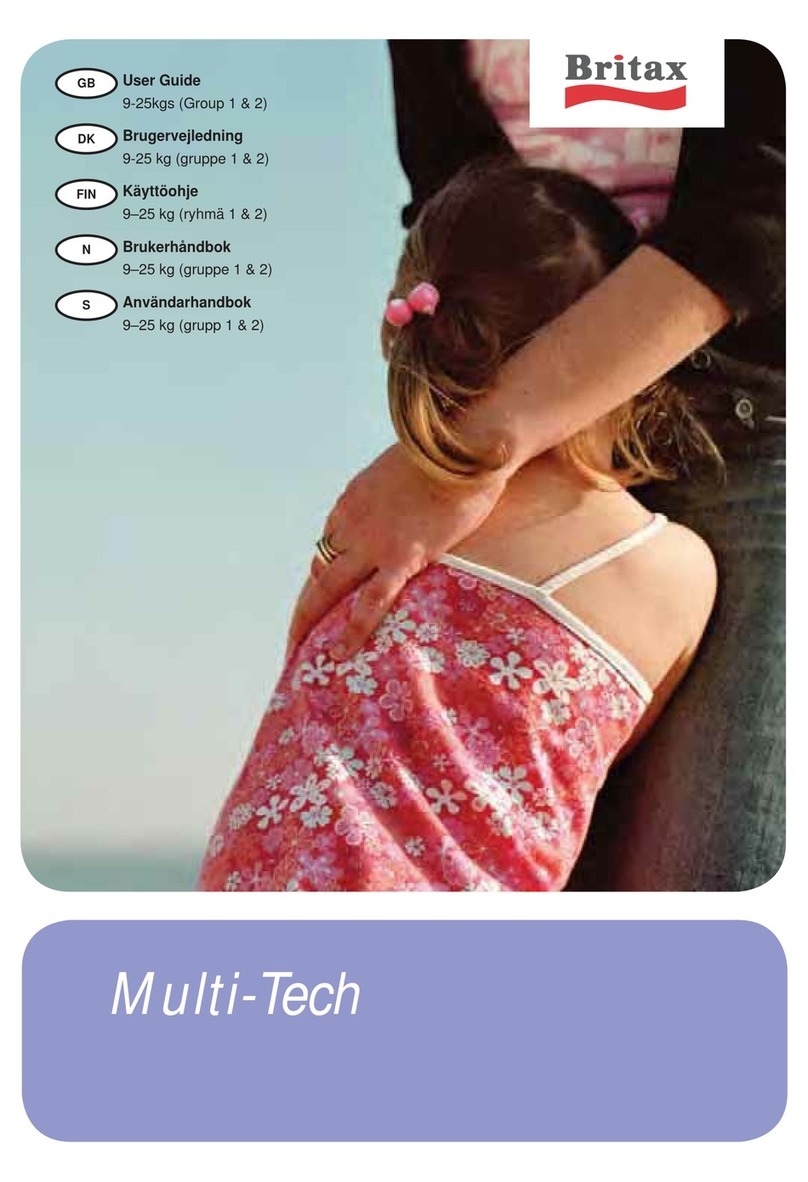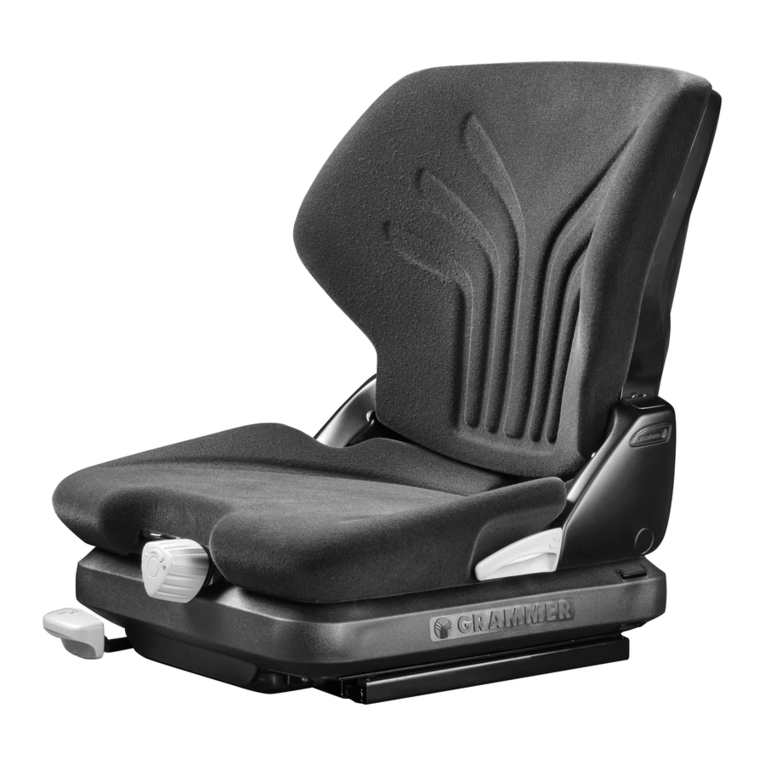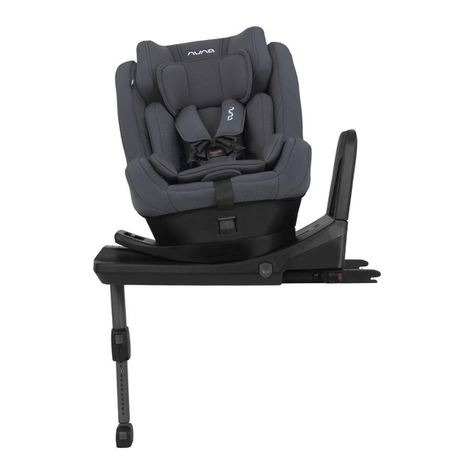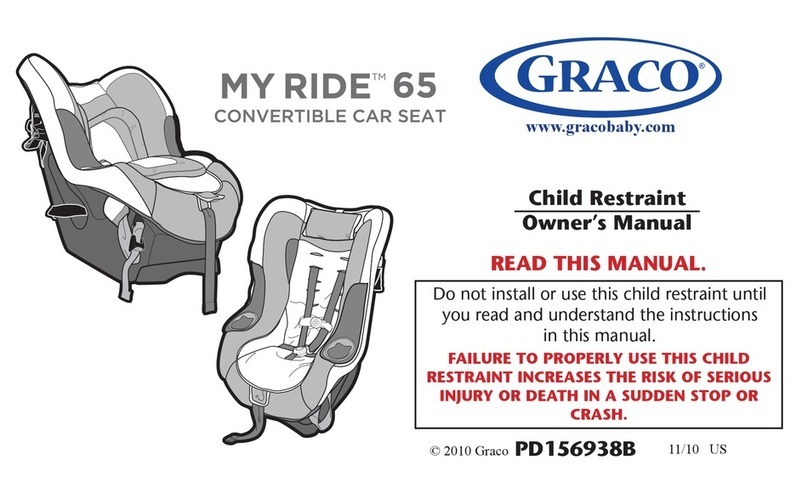
‑ 10 ‑
EN
EN
Dear customer!
Should you have any remarks or quesons concerning the product, please do not hesitate
Producer:
BrandLine Group Sp. z o. o.
A. Kręglewskiego 1, 61-248 Poznań, Poland
The product meets the requirements of the standard: R129/03.
Informaon for the growth group from 40 to 105 cm (maximum weight of the child 21 kg)
NOTICE This is an i-Size Enhanced Child Restraint System. It is approved according to UN
Regulaon No 129, for use in, i-Size compable vehicle seang posions as indicated by
vehicle manufacturers in the vehicle users’ manual. If in doubt, consult either the Enhanced
Child Restraint System manufacturer or the retailer.
Informaon for the growth group from 100 to 150 cm
NOTICE This is a i-Size booster seat Enhanced Child Restraint System. It is approved
according to UN Regulaon No 129, for use primarily in “ i-Size seang posions” as
indicated by vehicle manufacturers in the vehicle user’s manual. If in doubt, consult either
the Enhanced Child Restraint System manufacturer or the retailer.
The product is suitable for installaon only on the places marked with the symbol in
g. B, marked i-Size.
The product is suitable for installaon in the seat marked with the symbol in g. A only
forward facing and with the airbag inacve. It is recommended to install the seat only on
the rear seats of the car.
The product is suitable for installaon on the seat marked with the symbol in g. A only
if the seat is equipped with a seat belt.
WARNINGS:
1.
The product is designed for children weighing up to 36 kg and with a height between
40 and 150 cm.
2. If your child is less than 15 months old or less than 76 cm tall, do not use a forward-
facing seat.
3.
Hard parts and plasc parts of the child restraint system should be placed and installed


